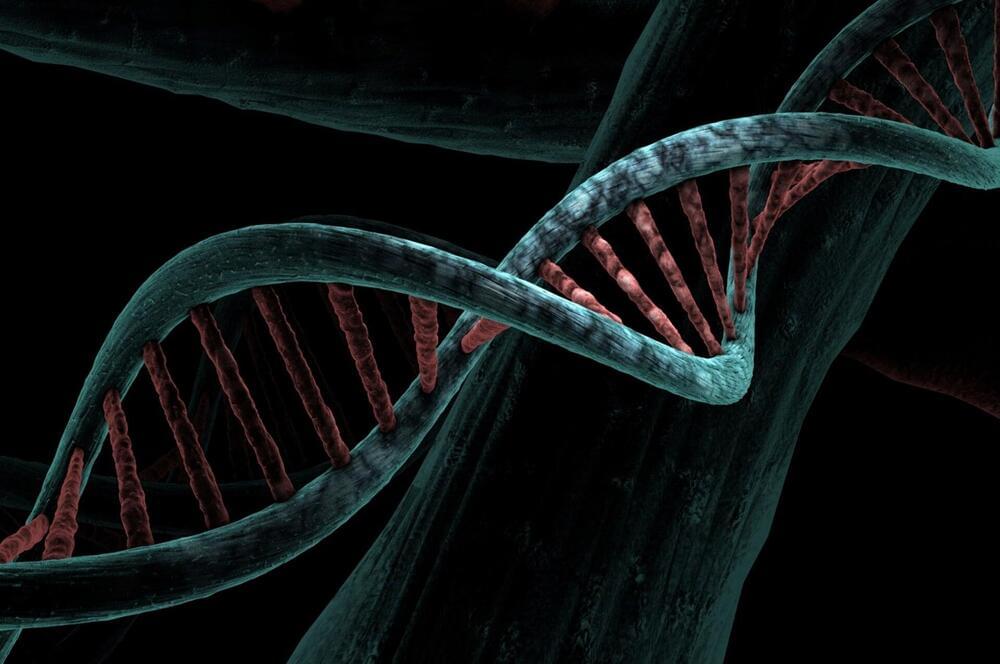Many life-saving drugs directly interact with DNA to treat diseases such as cancer, but scientists have struggled to detect how and why they work—until now.
In a paper published in the journal Nature Biotechnology, University of Cambridge researchers have outlined a new DNA sequencing method that can detect where and how small molecule drugs interact with the targeted genome.
“Understanding how drugs work in the body is essential to creating better, more effective therapies,” said co-first author Dr. Zutao Yu from the Yusuf Hamied Department of Chemistry. “But when a therapeutic drug enters a cancer cell with a genome that has three billion bases, it’s like entering a black box.”










Comments are closed.